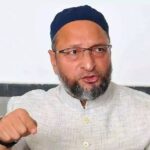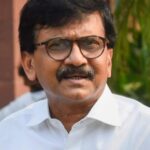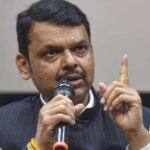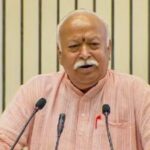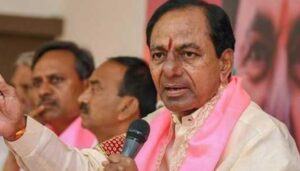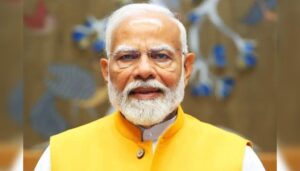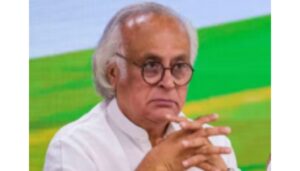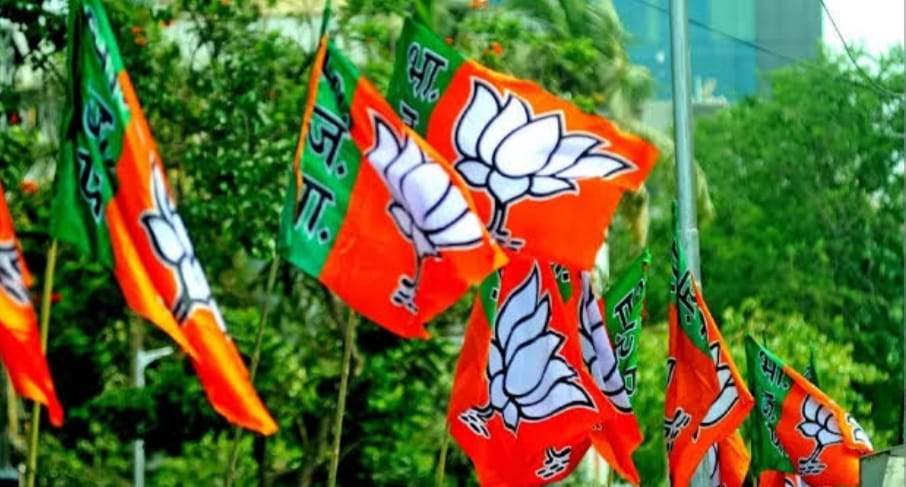
BJP Celebrates Electoral Gains in Jammu After Increasing Vote Share and Seats Post Article 370 Abrogation
Srinagar, 12th October 2024: After significantly reducing the Congress’s presence in Jammu, the BJP is celebrating its success in the region. In the first Assembly elections since the abrogation of Article 370, the BJP increased its vote share from 22% in 2014 to over 25%, raising its seat count from 25 to 29.
However, it is worth noting that all of the party’s victories occurred in the Jammu division. In the 19 constituencies contested in the Valley, the BJP candidates failed to secure their deposits in all but one. Nevertheless, even in Kashmir, the party’s vote share saw an uptick.
In 2014, when the BJP ran candidates in 33 seats in Kashmir, it lost deposits in all but one, capturing only 2.5% of the votes in those constituencies. In the recent elections, contesting nearly half that number with 19 seats, the party boosted its vote share to 5.8%.
The BJP’s inability to win in Kashmir reflects the public dissatisfaction stemming from the revocation of special status and the division of the former state into two Union Territories. However, the increase in its vote share indicates a strategic approach to the constituencies it chose to contest.
This careful planning was also evident in the BJP’s decision not to field candidates in Kashmir during the Lok Sabha elections earlier this year, avoiding potential embarrassment ahead of the Assembly elections.
The party’s strongest performance in the Assembly elections occurred in Gurez and Habbakadal, where it finished in second place. Gurez, located along the Line of Control with Pakistan and home to a little over 21,000 voters, was the only constituency where the BJP retained its security deposit. In 2014, the party did not contest this North Kashmir seat. This time, the BJP closely challenged the National Conference (NC) in Gurez, obtaining 40% of the votes and losing by a narrow margin of fewer than a thousand votes.
BJP candidate Faqeer Mohammad Khan and NC’s Nazir Ahmad Khan, both seasoned rivals, had previously won the seat by slim margins.
In Habbakadal, located in Srinagar, the BJP secured second place but lost its security deposit, receiving only 2,899 votes. This constituency, which has the highest concentration of Kashmiri Pandit voters in Jammu and Kashmir, featured numerous Kashmiri Pandits among the 16 candidates. The BJP fielded a Pandit, Ashok Kumar Bhat, who lost to Shamim Firdaus of the NC, who won with 12,437 votes, illustrating how the vote was divided among candidates.
Even in 2014, the BJP finished second in Habbakadal, trailing the NC with 22% of the votes, and it was the only constituency where the party did not lose its deposit that year. Both in 2014 and 2024, Habbakadal experienced low voter turnout, around 20-21%.
The BJP placed third in the Bijbehara and Anantnag East constituencies, fourth in Shopian and Channapora, and fifth in eight other constituencies. In Bandipora, it ranked 12th with just over 1,000 votes, while its candidate in Eidgah, Srinagar, received the fewest votes (479) among all BJP candidates.
Eidgah recorded the highest voter turnout in Srinagar, with NC’s Mubarak Gul and PDP’s Khurshid Alam locked in a fierce contest. Gul won, while Alam finished third behind an Independent candidate. Bandipora was one of 10 constituencies with a Jamaat-e-Islami-backed candidate running as an Independent, resulting in a win for the Congress.
In 2014, the BJP garnered fewer than 1,000 votes in 12 constituencies, including just 360 votes in Zadibal. This time, only two seats saw the BJP receive less than 1,000 votes.
The Valley predominantly supported the National Conference-Congress alliance, with the CPI(M) contesting one seat as part of this coalition. Out of 47 seats in Kashmir, the alliance secured 41, even though the NC’s overall vote share was 23.43%, lower than the BJP’s.
These results must be considered within the context of the changed electoral landscape in Jammu and Kashmir following delimitation, which now includes 43 seats in Jammu (up from 37 in 2014) and 47 in Kashmir (increased from 46 previously).


